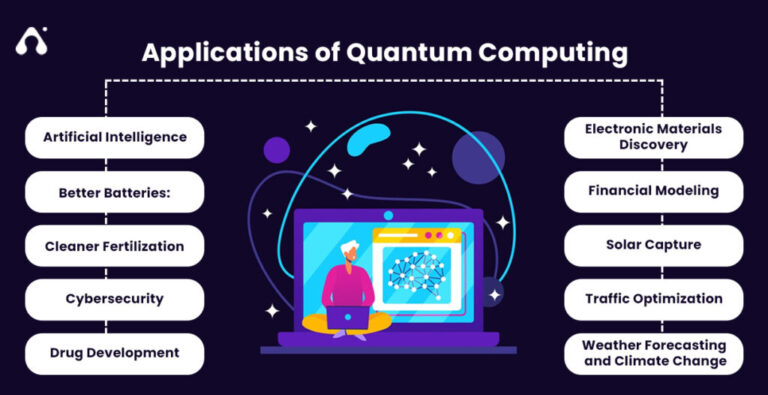Importance of Career Counseling in Pakistan’s Education System
Introduction
Introduction — Counseling aligns interests, skills and market realities to reduce mismatches and drop‑outs.. In Pakistan’s 2025 context, this translates into day‑to‑day realities for students, parents, teachers and employers. It affects affordability, access, and the credibility of outcomes. Stakeholders increasingly prioritize transparent metrics, real‑world projects and employability rather than paper credentials. Digital platforms, skill badges and micro‑credentials are complementing degrees across public and private systems. Scholarships, financing and industry partnerships are shaping who participates and how quickly programs scale. Equity, inclusion and regional connectivity remain essential to deliver results outside major metros.
Models
Models — School‑based advisors, helplines and community centers. In Pakistan’s 2025 context, this translates into day‑to‑day realities for students, parents, teachers and employers. It affects affordability, access, and the credibility of outcomes. Stakeholders increasingly prioritize transparent metrics, real‑world projects and employability rather than paper credentials. Parents ask practical questions: cost, teacher quality, internship pipelines and job placement rates. Institutions that publish dashboards and third‑party audits build trust and attract better applicants. Learners want modular, flexible formats that fit work schedules and reduce travel and housing costs.
What the data suggests — Recent cohorts indicate steady improvements where programs align with skills and employer demand.. In Pakistan’s 2025 context, this translates into day‑to‑day realities for students, parents, teachers and employers. It affects affordability, access, and the credibility of outcomes. Stakeholders increasingly prioritize transparent metrics, real‑world projects and employability rather than paper credentials. Regional pilots show that blended delivery and localized content reduce drop‑outs and improve outcomes. Partnerships with employers for capstone projects, mentorship and apprenticeships create smoother transitions to work. Independent evaluations by NGOs and universities keep marketing claims aligned with evidence.
Tools
Tools — Aptitude tests, labor market info and career maps. In Pakistan’s 2025 context, this translates into day‑to‑day realities for students, parents, teachers and employers. It affects affordability, access, and the credibility of outcomes. Stakeholders increasingly prioritize transparent metrics, real‑world projects and employability rather than paper credentials. Parents ask practical questions: cost, teacher quality, internship pipelines and job placement rates. Institutions that publish dashboards and third‑party audits build trust and attract better applicants. Learners want modular, flexible formats that fit work schedules and reduce travel and housing costs.
What the data suggests — Recent cohorts indicate steady improvements where programs align with skills and employer demand.. In Pakistan’s 2025 context, this translates into day‑to‑day realities for students, parents, teachers and employers. It affects affordability, access, and the credibility of outcomes. Stakeholders increasingly prioritize transparent metrics, real‑world projects and employability rather than paper credentials. Regional pilots show that blended delivery and localized content reduce drop‑outs and improve outcomes. Partnerships with employers for capstone projects, mentorship and apprenticeships create smoother transitions to work. Independent evaluations by NGOs and universities keep marketing claims aligned with evidence.
Scaling
Scaling — Training counselors and integrating services in curricula. In Pakistan’s 2025 context, this translates into day‑to‑day realities for students, parents, teachers and employers. It affects affordability, access, and the credibility of outcomes. Stakeholders increasingly prioritize transparent metrics, real‑world projects and employability rather than paper credentials. Parents ask practical questions: cost, teacher quality, internship pipelines and job placement rates. Institutions that publish dashboards and third‑party audits build trust and attract better applicants. Learners want modular, flexible formats that fit work schedules and reduce travel and housing costs.
What the data suggests — Recent cohorts indicate steady improvements where programs align with skills and employer demand.. In Pakistan’s 2025 context, this translates into day‑to‑day realities for students, parents, teachers and employers. It affects affordability, access, and the credibility of outcomes. Stakeholders increasingly prioritize transparent metrics, real‑world projects and employability rather than paper credentials. Regional pilots show that blended delivery and localized content reduce drop‑outs and improve outcomes. Partnerships with employers for capstone projects, mentorship and apprenticeships create smoother transitions to work. Independent evaluations by NGOs and universities keep marketing claims aligned with evidence.
Conclusion
Conclusion — A phased roadmap linking education to employability can scale impact nationwide.. In Pakistan’s 2025 context, this translates into day‑to‑day realities for students, parents, teachers and employers. It affects affordability, access, and the credibility of outcomes. Stakeholders increasingly prioritize transparent metrics, real‑world projects and employability rather than paper credentials. Clear learning outcomes, assessment rubrics and feedback loops help institutions iterate faster. Student support services—counseling, financial aid, and alumni networks—turn access into completion. A skills‑first mindset with ethical use of technology prepares graduates for both local and global markets.
FAQs
What matters most in 2025 programs? Quality teaching, practical projects, and recognized credentials.
How can learners start? Set a goal, choose a reputable provider, schedule consistent study, and track progress.
What risks should be avoided? Unaccredited providers, unrealistic timelines, and ignoring foundational skills.
Operationally, success depends on simple checklists, clear ownership and public reporting. Programs that publish completion rates, graduate employment stats and learner satisfaction build credibility. Blended delivery reduces travel time and costs, while strong student communities keep motivation high. Instructors benefit from continuous professional development and peer observation. Finally, inclusive design—scholarships, accessibility features and regional language support—ensures no learner is left behind.
Operationally, success depends on simple checklists, clear ownership and public reporting. Programs that publish completion rates, graduate employment stats and learner satisfaction build credibility. Blended delivery reduces travel time and costs, while strong student communities keep motivation high. Instructors benefit from continuous professional development and peer observation. Finally, inclusive design—scholarships, accessibility features and regional language support—ensures no learner is left behind.
Operationally, success depends on simple checklists, clear ownership and public reporting. Programs that publish completion rates, graduate employment stats and learner satisfaction build credibility. Blended delivery reduces travel time and costs, while strong student communities keep motivation high. Instructors benefit from continuous professional development and peer observation. Finally, inclusive design—scholarships, accessibility features and regional language support—ensures no learner is left behind.






